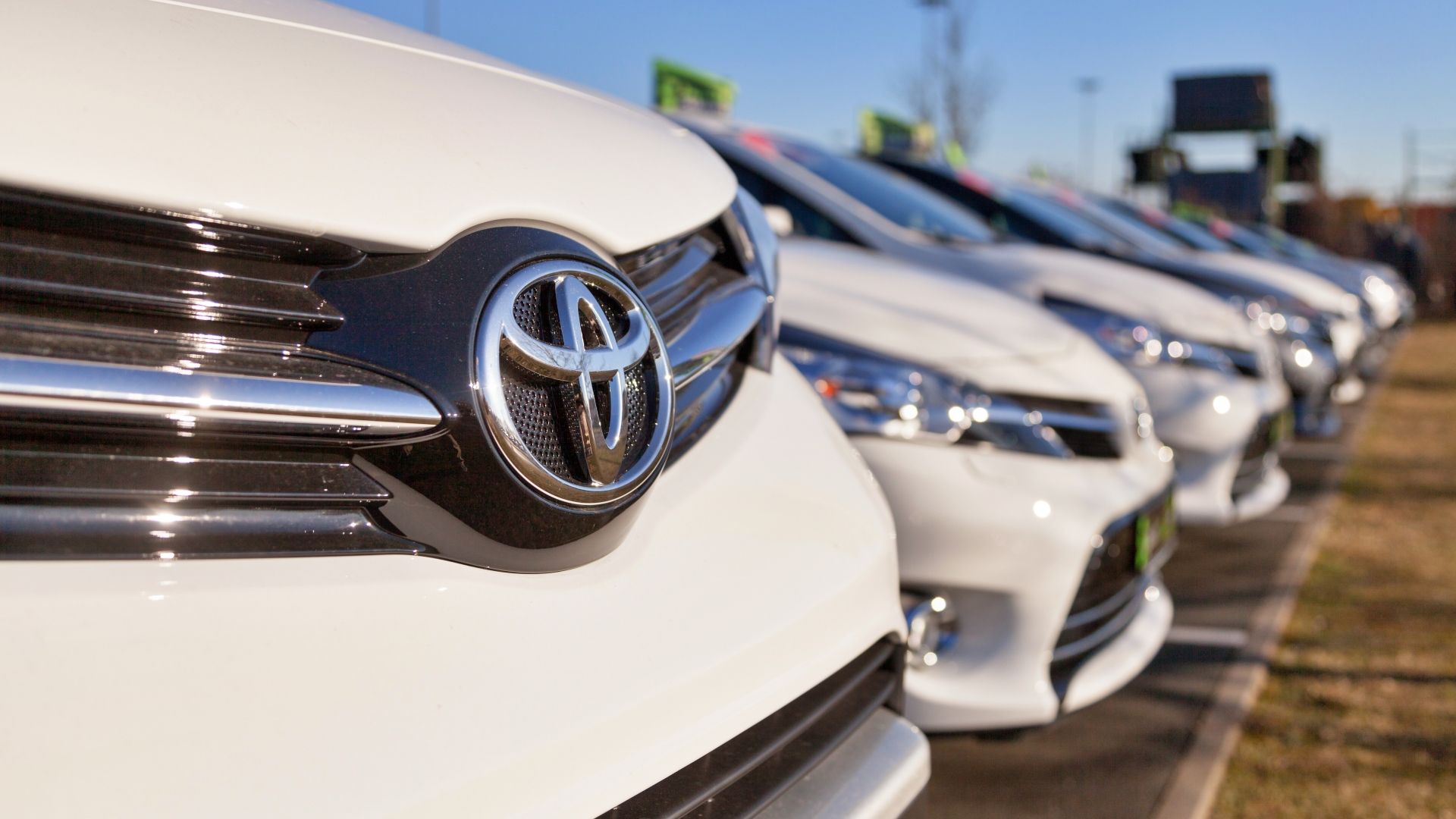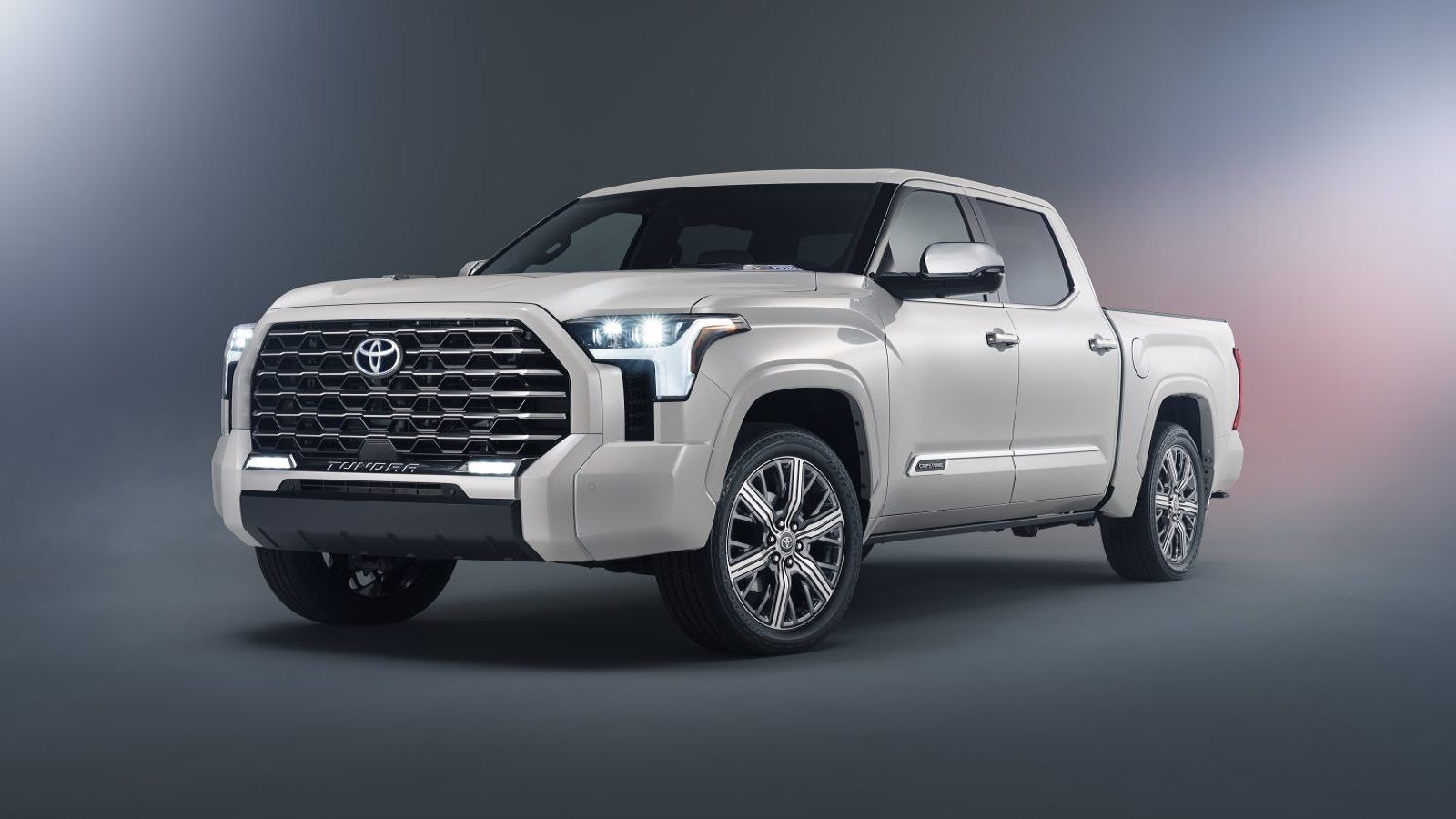For many decades, Toyota has been considered one of the most reliable auto brands in the world. They sold vehicles that beggared belief when it came to the number of miles they would last and the amount of abuse they could handle. The first models that come to mind when writing this are old solid axle leaf-sprung Hilux trucks, Land Cruisers of the same era, and even the old Corollas.
Even now, when many of these vehicles are pushing 40 years of age, in the harshest of environments in the world, they are the predominant vehicles you see. However, there is a problem. Market forces are driving Toyota away from their reliability routes, and sadly, the days of long service life might be behind us. In this article, we are going to explain why that is the case.
How Toyota Achieved Such Incredible Reliability Scores
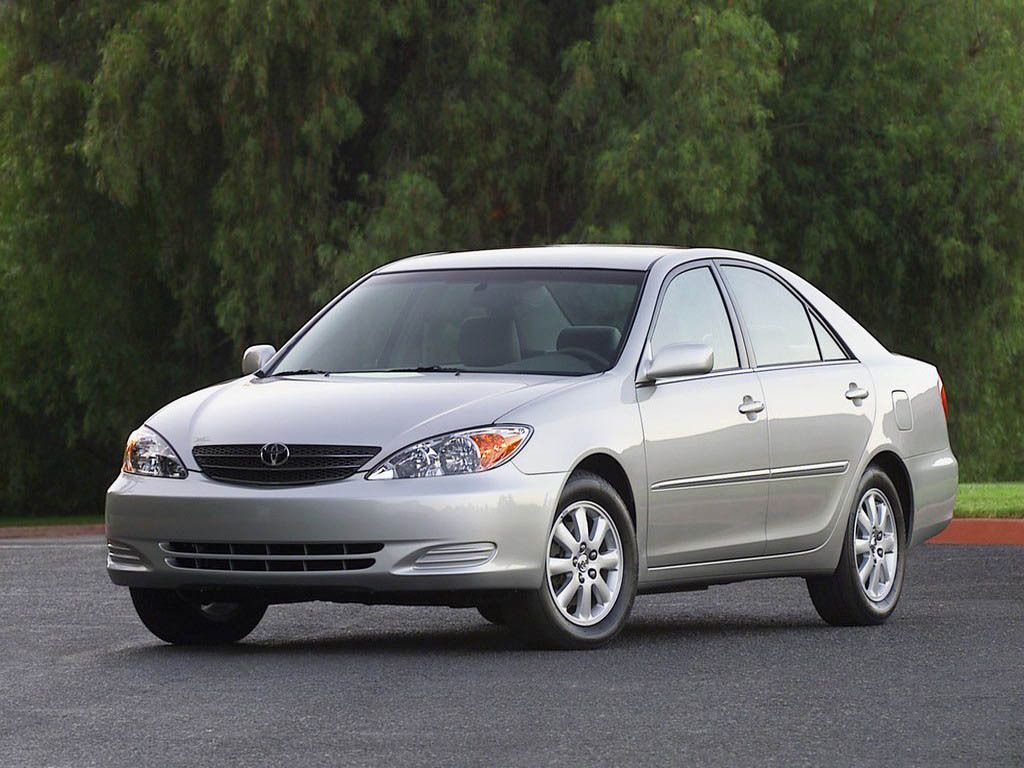
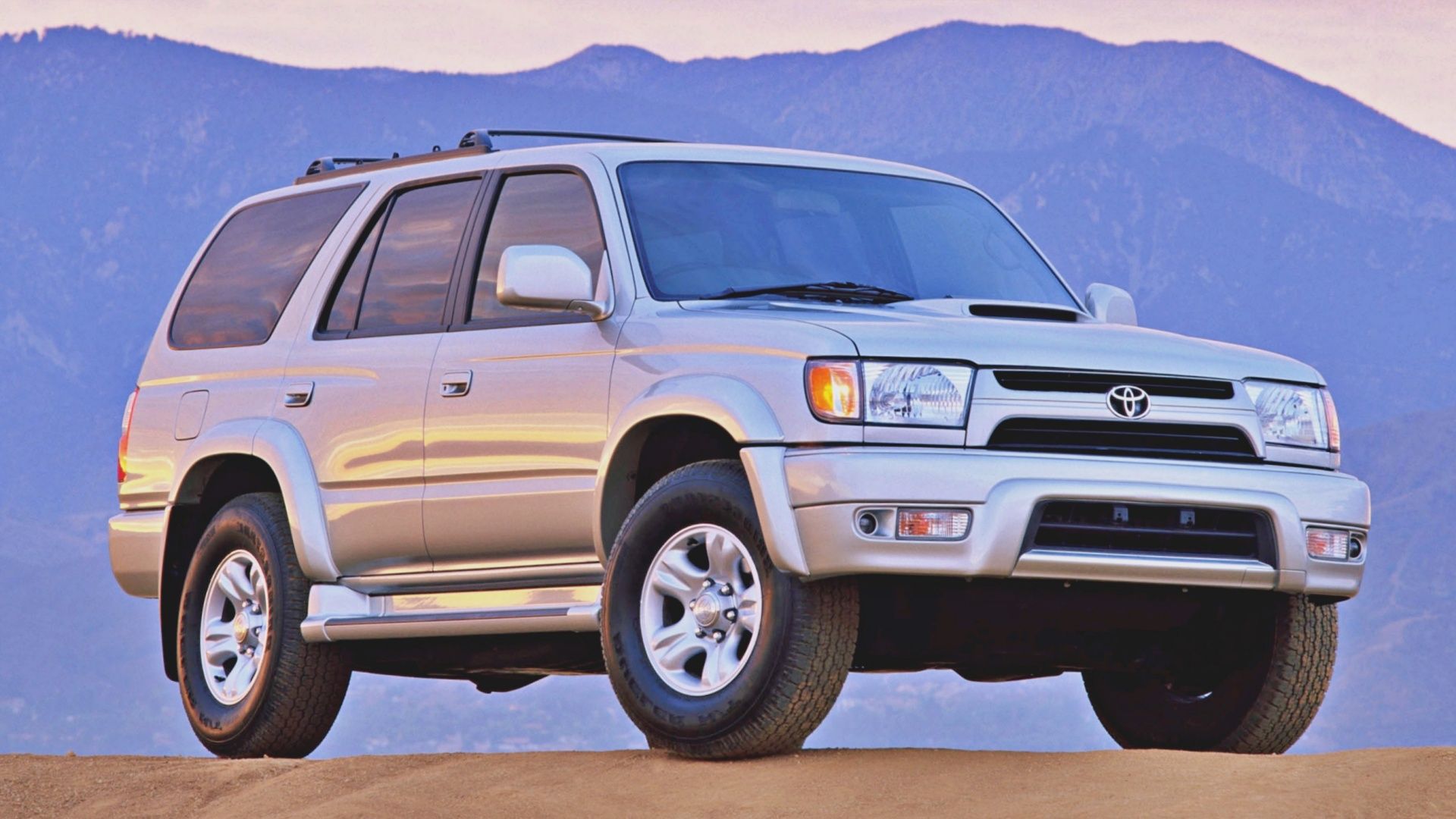
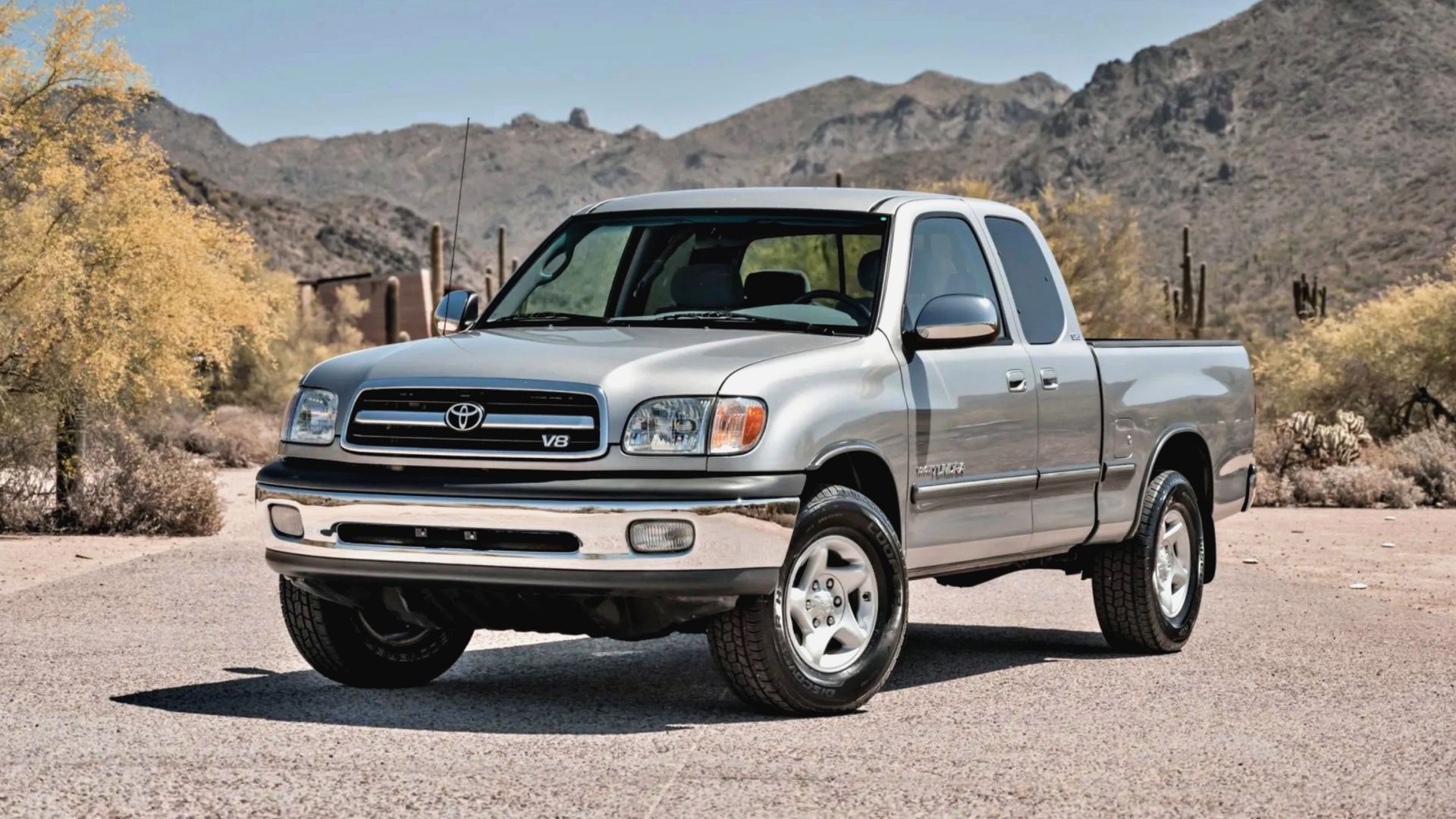
Most people believe that Toyota’s reliability scores stem from good quality materials and design. While that is true to some extent, it is not the main reason why these old vehicles were so reliable. What made them last for so long was their simplicity and under-stressed components. It is a well-known fact that Toyotas of the past and even the present lack the amenities and technology of other vehicles.
This isn’t because Toyota doesn’t want to include those technologies, but rather because the engineers know that complicated additions reduce a vehicle’s lifespan. Also, Toyota engineers focused on building larger displacement engines that produced less power. This means that the internals were put under lower forces; therefore, lasting for many years.
Think about the older Corollas, Camrys, 4Runners, or Tacomas, this was the exact concept they used. Their engines were mainly 2.5-liters in size and usually naturally aspirated with roughly 150 horsepower. Sure, they were down on power, and efficiency compared to other cars; however, they could easily outlast the competition.
Things Are Changing For Toyota
Sadly, things are changing for Toyota and these changes are mainly market-driven. As more and more manufacturers strive to infuse as much technology as possible into their vehicles, Toyota is trying to keep up by also doing the same. New Toyotas now come with equipment like heated seats, infotainment systems, safety systems, electric parking brakes, all-wheel-drive, and worst of all, hybrid drivetrains. Sure, some of these additions are good to have. But, a few years down the line when the vehicle needs a new battery, or when the screen decides to quit working you will be wishing you’d bought a simpler vehicle.
The added features inside the car are the only problem. One of the best examples of how Toyota’s reliability is going down the drain is the new Tundra, Sequoia, and Land Cruiser. As you may be aware, the previous models of these vehicles came with the bulletproof 5.7 liter naturally aspirated V-8. This was a powerhouse of an engine that would easily last upwards of 300,000 miles. Sadly, with the new models of these models, things have changed drastically.
The 5.7 liter V-8 has been replaced by a 3.5 liter V-6 that in some instances is paired to a hybrid system. As you can imagine, this is a far more complicated powertrain than the one it replaces. We now have two turbos; therefore, more wear items, more heat, more cooling, and more oiling. Also, higher pressures inside smaller and fewer cylinders. As if this isn’t enough, paired with this complexity is a hybrid system that utilized batteries and motors.
The fact that such a complected system will be far less reliable is already being proven as Toyota’s new V-6 is already presenting issues. Owners have stated problems regarding the wastegate on the turbos which is causing the vehicle to go into safe mode.
Since the wastegate and turbos are a single unit, the only way to fix the issue is to replace the turbo. Oh, and let’s not forget the horrible location these turbos are placed in which makes the job of replacing them extremely time-consuming and therefore expensive. These are German vehicle problems on a Toyota pickup – not good.
Other Automakers Have Fallen In This Trap During The Years
To prove the above point, let’s use Mercedes as an example. It may surprise you to know that Mercedes has made some of the most reliable and durable cars the world has ever seen. Mercs of the 1950s up until the 1980s were virtually unkillable for the exact same reasons as Toyota.
They had large under-stressed engines, good materials, and very few gadgets. However, as the years progressed and the company started falling for the luxury market traits, reliability went down the drain. Problems regarding electrical components developed, the small but powerful engines started having issues, and the general image of the brand faded away. Let’s hope that this isn’t the route Toyota is taking.
If Toyota Loses Reliability, They Lose Everything
Let’s be honest here, the main reason people buy Toyotas is due to their reputation for building reliable vehicles. The vast majority of Toyota vehicles aren’t special. They just do the job, and this is why people buy them. Now, if the brand loses its reliability, it will have a huge problem as then it would make no sense to buy a Toyota. People will prefer to get German or other European alternatives that in many cases are priced similarly but offer more features and more “character”.
If at some point all brands ride on similar levels of reliability, it really begs the question, why buy the boring one? Now while online reports from the likes of Consumer Reports and J.D.Power still rank Toyota highly, you'll need to keep in mind that choosing a model with simpler underpinnings within Toyota's portfolio will be your best bet. At the end of the day some of these factors are beyond Toyota's control and are based on market demand, but choosing a simple vehicle over one with more complexity will obviously last you longer.

